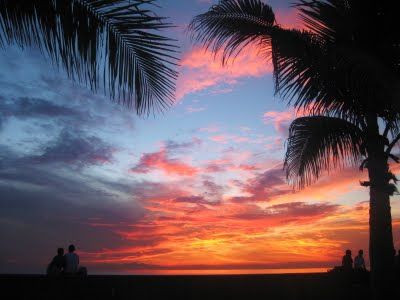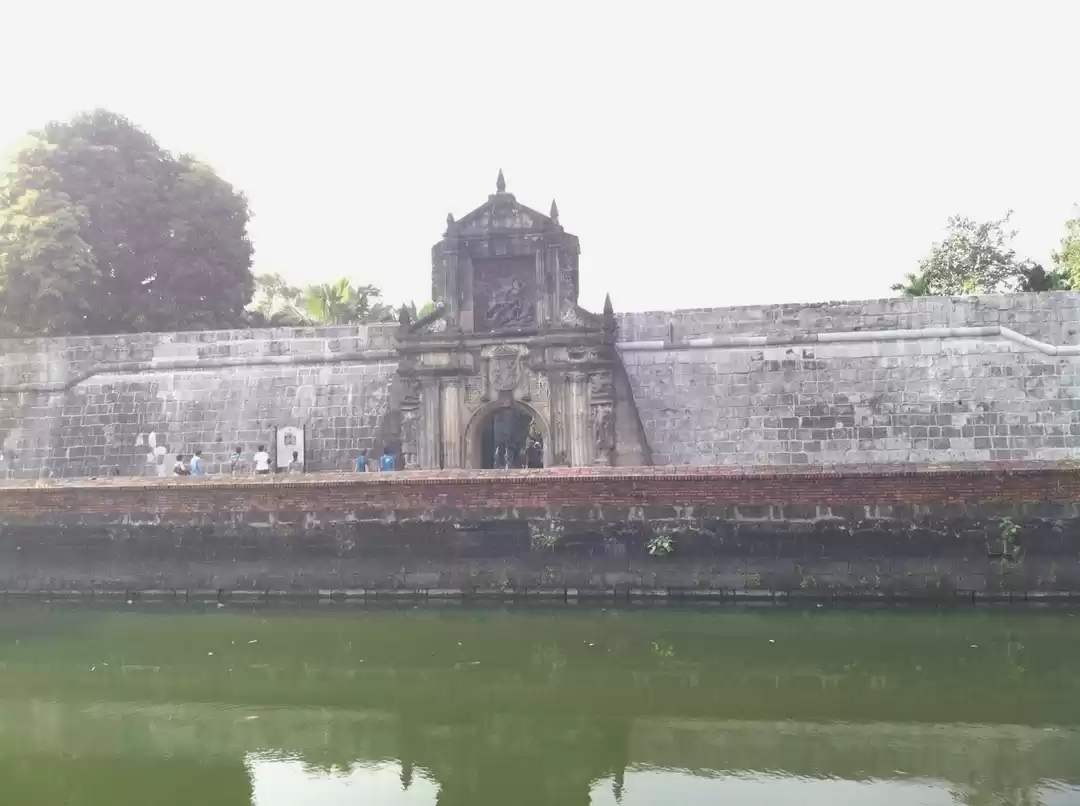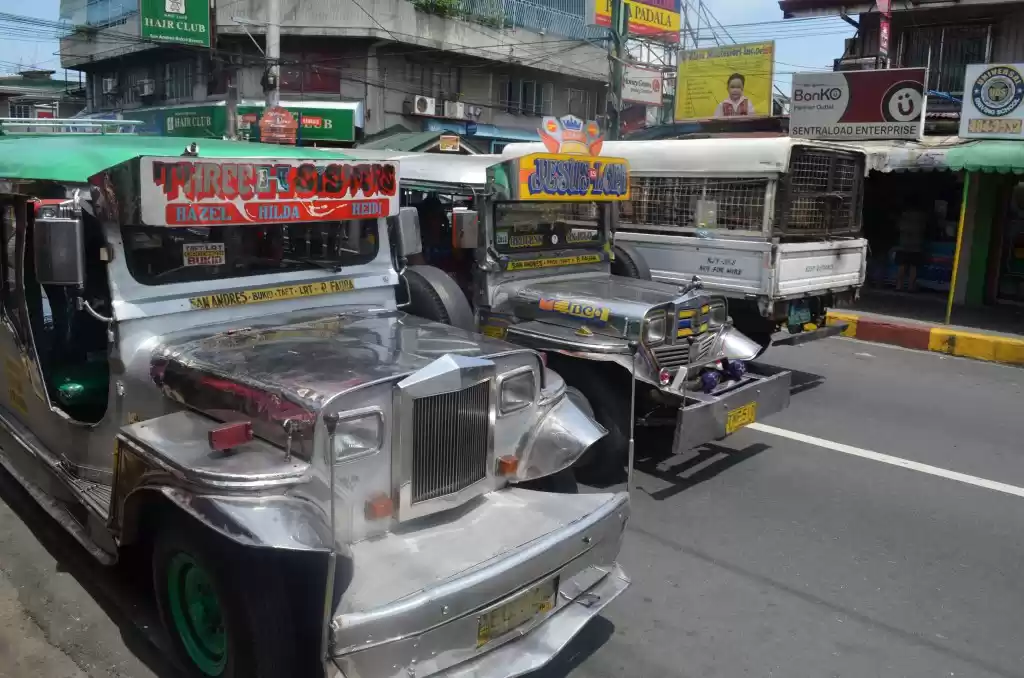












People have described Manila to me in various ways. Some adjectives include "dangerous," "squalid," "wretched." When I mentioned that I was traveling there for the weekend, the most common response I received was, "Why would you go there?"
I would respond, "Because I randomly found round trip tickets for $67 on Kayak and I couldn't pass up the opportunity."
Now I realize that those people were right, but they were not telling the whole story, just what they had read in the news. Manila is extremely crowded and polluted, and the poverty is heart-breaking. It also is dangerous, and the security guards posted all over the city are a constant reminder of the bombings and kidnappings that have occurred in recent years. Whenever you enter a hotel or mall, or similar edifice, there will be a guard who will either scan you with a metal detector or pat you down. However, the culture in Manila is amazing, and it stems from history, religion, and the kind hearts of the people.
Manila is an amazing blend of Filipino, Spanish, and American influences. The Spanish colonized the islands for a few centuries, so it isn't surprising that they left their footprints. First, many people are Catholic. There are stunning ancient cathedrals that dot the city. Services are held in all sorts of odd places. We walked through a modern, high-end mall shopping complex, and came across a large group of people out in the gardens, attending a service. It was raining quite heavily and they still remained there devotedly, standing under the alcoves near the walls of the mall for shelter. The language also has bits of Spanish mixed in, which I was able to pick out. Obviously, a lot of the old buildings also are in the Spanish architectural style.
The American historical influence is best seen through the rickety old jeepneys that drive around the streets, picking up and dropping off passengers for only 8 pesos one way. (42 pesos is about $1). These old vehicles were left over by the Americans during the Second World War, and somehow are still able to function. The exhaust fumes are pretty ugly though.
The people here are the most gracious I have ever met. I think the kindness and generosity is embedded in the culture. Individuals will go out of their way to help a stranger out. People smile and say "excuse me, ma'am," or "thank you, ma'am." Guards will walk out into the middle of a busy street and stop traffic so that you can cross. Another guard held an umbrella over us while we rushed to a taxi in the middle of the rain. People are glad to give directions and they usually are good at it too! This kindness does make it difficult to turn down individuals offering tourism services, as well as those begging for money and food.
I had a really heart-wrenching experiencing, which made me understand the use of the word "wretched" to describe the city. Our taxi was stopped at a light at an intersection. It was pouring down rain in buckets - this is what the locals call typhoon rain during the wet season. Suddenly I hear a knock on the backseat window, and I see this woman, soaking wet, with her hair plastered to her face, big eyes pleading. She is holding a very small baby, and it is also drenched from the downpour. They have no type of cover against the weather. First I am just much shaken from the sight, then I get out some money and we fumble with the window to give it to her.
In similar situations I usually do not give money, because you never know what or who it will be used for. But this time I was helpless - the sight was so pitiful that I could not make myself ignore her. This was one of the moments of the trip that really will stick with me.
Don't worry - that was one of the only bad experiences of the trip - there were lots of fun ones, including watching a Filipino wedding in a beautiful cathedral, eating lots of fried food, going to the market, and riding a zip line along Manila bay during the sunset.





























